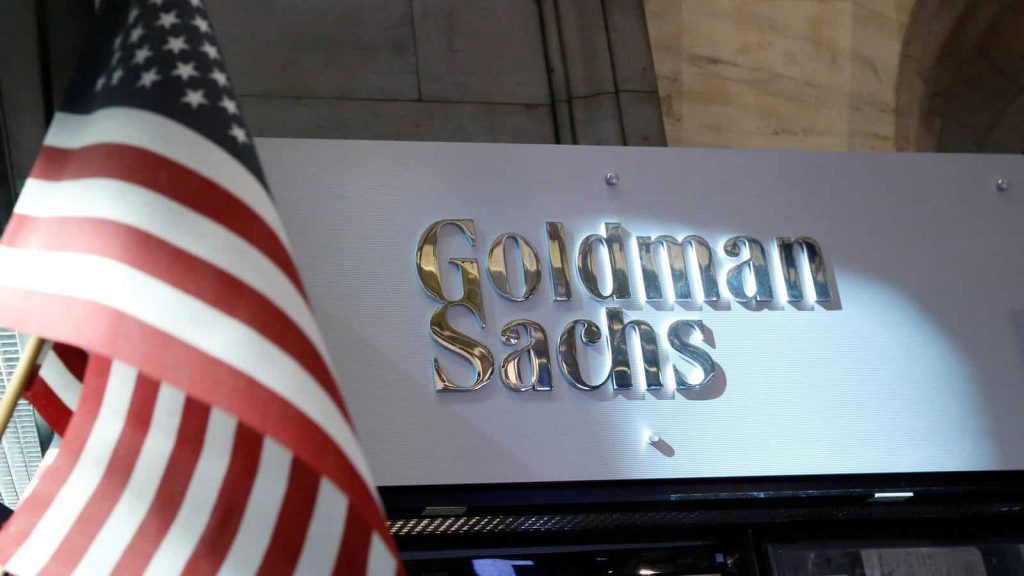Goldman Sachs Warns: Iran’s Hormuz Chaos Could Send Oil Soaring to $110
Brace for impact—black gold's about to get bloody expensive.
When the Strait of Hormuz sneezes, global markets catch pneumonia. Goldman Sachs just flashed the warning signs as geopolitical tensions threaten to choke 20% of the world's oil supply.
The math is brutal: Every 1% drop in global supply historically spikes prices 10%. With Iran playing chicken with tanker traffic, analysts see a clear path to triple-digit crude.
Traders are already front-running the crisis—futures markets show speculators piling into long positions like it's 2008 again. Because nothing teaches risk management like watching your portfolio burn, right?
The real kicker? This could be the perfect storm for crypto. When oil shocks hit, fiat currencies tremble—and decentralized assets start looking real attractive as inflation hedges.
Buckle up. The petrodollar's next crisis might just be crypto's coming-out party.
Goldman Sachs Oil Forecast: Where Are The Prices Headed As War Tensions Intensify?

Goldman Sachs, in its new note, has shared how oil prices can rise up to $110 per barrel if Iran decides to close the Strait of Hormuz. In a detailed note, the bank stated that the oil prices can peak up to $110 a barrel if the oil flows via Hormuz were disrupted due to Iran’s closure of Hormuz.
In recent developments, the parliament of Iran has already approved the closure of the Strait of Hormuz, a vital point of the global oil distribution network. Such disruptions could end up having a catalytic effect on global oil networks, enabling them to trade at higher price levels than before.
The bank further went ahead to predict how Brent could average at $95 per barrel over the last quarter of 2025.
In addition to this, Goldman Sachs predicted two scenarios where Brent and crude could surge and trade at higher levels. A 1.75 million barrel drop in Iran’s supply over 6 months could send Brent to $90. Later, it could fall to $60.
if Iran continues to document a decline in its oil supply (long term), then Brent could trade around $90. It may then fall to $70–$80 by 2026.
What Are Other Experts Saying?
As per Jorge Leon, head of geopolitical analysis at Rystad Energy, a substantial price hike is already in the works.
Leon told Reuters
According to UBS’s Giovanni Staunovo, the oil price dynamics largely depend on how Iran handles the Hormuz disruption.
Staunovo told Reuters.

